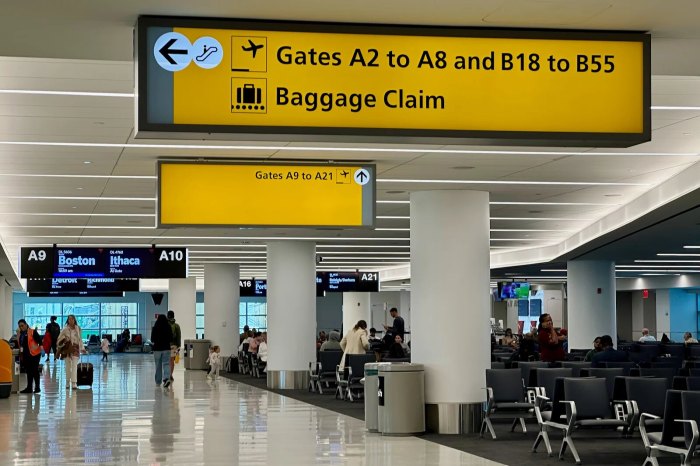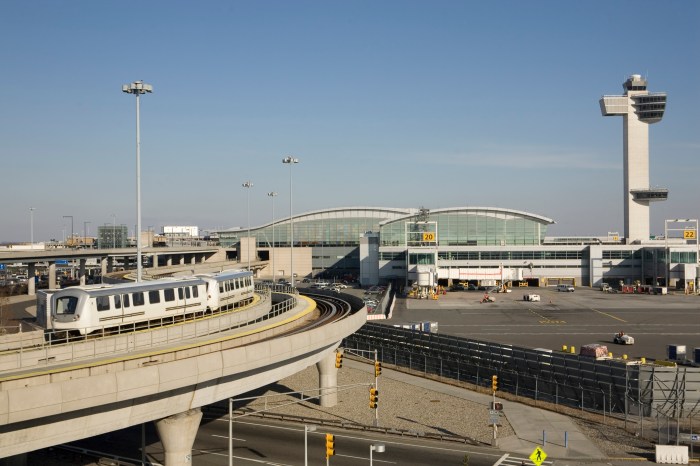By Mark Hallum
The Woodhaven Resident’s Block Association held its monthly meeting last week, and the main topic of discussion was the possible reactivation of the Rockaway Beach Rail Line, a long-abandoned branch of the Long Island Rail Road that has sparked intense debate in recent years.
State Assemblyman Philip Goldfeder (D-Ozone Park) spoke passionately about why he believes the line could bring relief to commuters in Queens’ congested roadways.
Goldfeder is advocating for the reactivation of the line as a way to reduce traffic on the roads. But residents of communities that would be affected argue that resurrecting the long-dead high line tracks would bring noise pollution and vibrations to their homes, which border the old line.
In April, the MTA announced it would conduct a feasibility study of the tracks to explore the possibility of bringing service back to neighborhoods between the Rockaways, northern Queens and Manhattan by way of transfer, something Goldfeder sees as a personal victory. Goldfeder, with the help of Queens College, conducted a study that projected the potential utilization of the rail line.
“The number of people who touch the line, who could use the line, could go as high as 500,000 per day. That doesn’t mean that 500,000 are going to ride it,” Goldfeder said, adding that even a fraction of that could take a huge chunk out of the number of cars on the road. “We’re giving people choices.”
“I’m proud to announce that the first week in June, I’m going to be sitting down with the chairman of the MTA to talk about the parameters of the study, about what they are going to be reviewing and what they are going to be looking at, what kind of trains are going to be going on there, what’s the best way to mitigate some of the noise,” the assemblyman told the crowd at the town meeting May 19.
MTA spokesman Aaron Donovan said study would examine the costs of bringing back the railway from an engineering and economic standpoint as well as other options that could spring up to affect utilization of the rail line, such as a new bus line or the Citywide Ferry Service set to launch at the beginning of 2017.
The feasibility study for the Rockaway line is set to be complete by June 2017.
Alexander Blenkinsopp from Community Board 9 addressed the issue that some neighborhoods affected by putting the old right-of-way to use might not receive the benefit of a having a stop, becoming in effect simply “fly-over” territory. Goldfeder responded by reassuring the crowd that each community would be entitled to a stop.
State Sen. Joseph Addabbo (D-Howard Beach) talked about the declining conditions of the tracks in December when he called upon the MTA to repair a rusted-out stanchion east of the intersection of Yellowstone Boulevard and Alderton Street at the Forest Hills-Rego Park border.
One opponent of the revival is Councilwoman Karen Koslowitz (D-Forest Hills).
“The Rego Park-Forest Hills area already has an active LIRR line running through it, which causes my constituents grief to no end. I am constantly confronted by local residents and business owners complaining of the noise and vibration emanating from this rail service and the trash in and around the tracks,” Koslowitz said in a statement.
Attendees at the civic meeting also voiced their opposition to the rail in terms of the noise and vibrations the track would generate.
Reach reporter Mark Hallum by e-mail at mhall



































